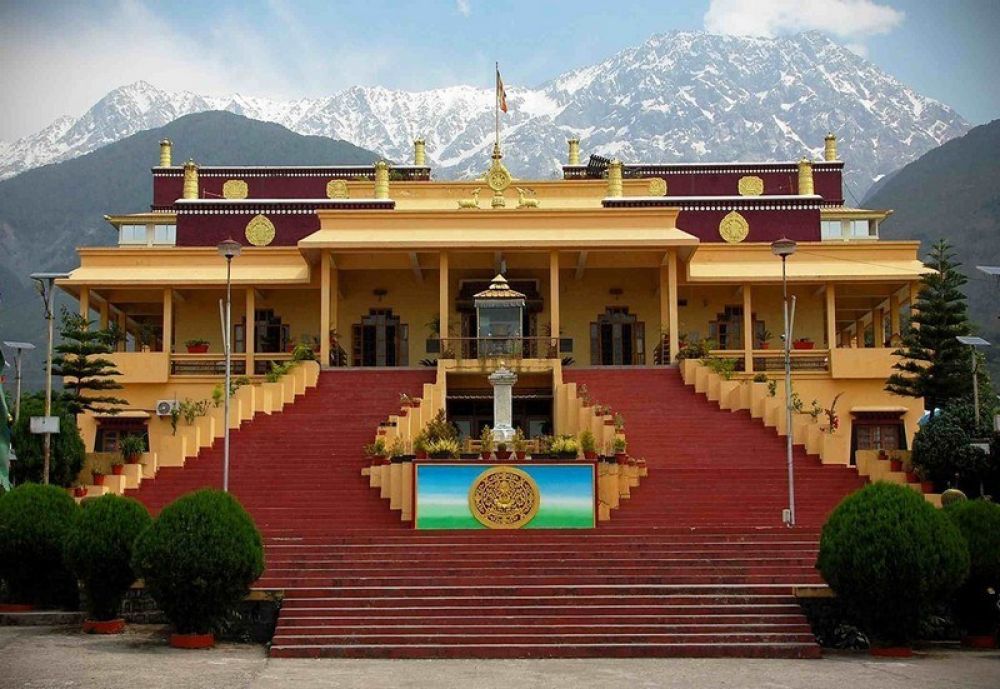

The Gyuto Monastery is an important institution within the realm of Tibetan Buddhism, particularly known for its focus on the study of Tantric meditation, tantric ritual arts and Buddhist philosophy. The main deity is the Buddha of compassion, Avalokiteshvara, of whom the Dalai Lama is considered an incarnation. This monastery, originally established in Tibet in the 15th century by Jetsun Kunga Dhondup, was re-established in India after the Chinese invasion of Tibet in the late 1950s. Since then, it has become an important center for religious study and attracts thousands of visitors each year.
Tourism in Dharamshala received a major boost when the Dalai Lama made it his residence and the seat of the Tibetan government in exile in 1960. The town soon evolved into a unique cultural hub, drawing in visitors interested in Tibetan culture, spirituality, and learning. The establishment of the Gyuto Monastery in Sidhbari, a suburb of Dharamshala, further enhanced the town’s spiritual allure.
International recognition of the town grew with regular visits by celebrities, scholars, and dignitaries, which, in turn, increased awareness and curiosity about the Gyuto Monastery amongst international tourists. Many come seeking spiritual enlightenment, to attend teachings, or simply to experience the serene ambiance of the monastery.
Over time, the Gyuto Monastery became an essential stop for those on the Dharamshala tourism circuit, not just for those with religious or spiritual inclinations, but also for travelers drawn by the interest in Tibetan culture and history.
Today, Gyuto Monastery remains an active religious institution and also serves as a popular tourist destination. The current trends in tourism here reflect a continued interest in spiritual and experiential travel. Visitors to the monastery often come to:
The monastery also accommodates the growing ecotourism trend, promoting sustainable practices and respect for the natural environment among both the monastic community and its visitors.
Thanks to social media and online travel platforms, Gyuto Monastery's festivals and special events now garner international attention, drawing a diverse crowd interested in witnessing these unique cultural expressions.
Moreover, the Indian government and local tourism authorities have recognized the importance of places like the Gyuto Monastery in attracting international tourists. They support infrastructural developments in the area while preserving the natural beauty and cultural heritage that make Gyuto Monastery a must-visit destination.
Gyuto Monastery in Dharamshala, with its rich heritage, spiritual significance, and picturesque location, continues to be a beacon for tourists from all over the world seeking peace, understanding, and a taste of Tibetan Buddhist culture. As it harmonizes traditional practices with the expectations of modern-day travelers, it stands as a testament to the resilience and adaptability of Tibetan culture in exile.